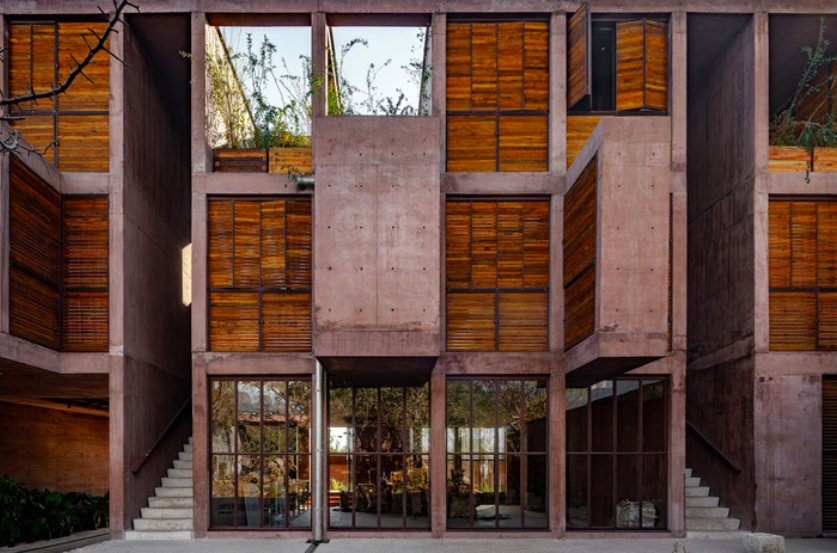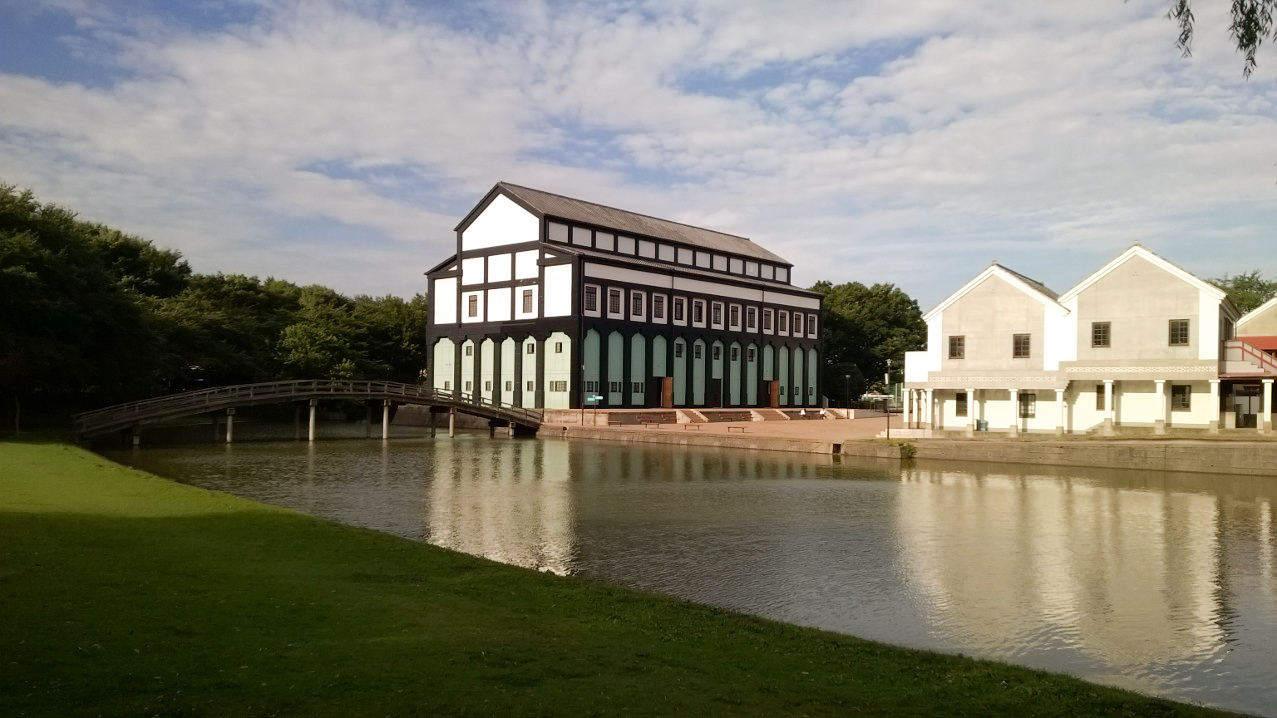
Recycling and reusing in civil engineering is extremely important, especially when considering the amounts of waste production and energy consumption involved in the processes related to the construction site. Creating construction elements by re-designing the role of old objects or materials represents an objective approach to upcycling, as a path towards a more sustainable and responsible future.
Within the field of architecture and engineering, it is most likely that such materials, when recovered or recycled from demolitions, for example, will eventually end up being used in the structure or facades of new buildings. Their use in indoor environments is not so typical, as these tend to be either very unappealing or excessively covered with finishes that hide the buildings’ components.

Nevertheless, the presence of these materials inside houses, apartments, hotels, or any type of architectural program, may take on a new significance by indicating the urgency to expand and spread awareness concerning sustainable daily practices dedicated to reducing the environmental impact caused by capitalism’s forms of organization and production. Examples of alternative groups and people committed to a harmonious and balanced relationship with the cycles of nature have existed worldwide for a long time, and their legacy can be translated into contemporary architectural mass production in many different ways.
Below are some examples of projects that use recycled or reused elements to improve the quality of their interiors in various ways, ranging from improvements in the energy efficiency of buildings to sensitive details that define the environments’ atmosphere.
Weekend Shelter / Agora Arquitectura

“The project aimed to review a common practice associated with self-construction, which is not very sensitive to the environment. Most of the time, the technique uses elements related to temporary occupations in more permanent constructions, such as campsites designed for weekend relaxation. [. . .] Combining the cork on the façade with the particle board in the interior, a thick thermal and acoustic protection is achieved. The material does not require maintenance and comes from sustainable forests, being completely recyclable, and avoiding any thermal bridge.”
Même – Experimental House / Kengo Kuma & Associates

“The house was inspired by ‘Chise,’ the traditional housing style of the Ainu. It’s a wooden frame made of Japanese larch wrapped with a polyester fluoride coated membrane material. The inner part is covered with a removable fiberglass cloth membrane. Between the two membranes, a polyester insulator made from recycled PET bottles is inserted, allowing the light to penetrate.”
Cheops Observatory Residence / Studio Malka Architecture

“According to centuries-old oral traditions, the residence was built orally, without any plan, just a few sketches drawn on the desert sand. Local construction techniques and ancestral savoir-faire and crafts of the villagers are an essential part of the project, with a social and environmental commitment. Materials are upcycled, diverted, and reused in a short circuit.”
Hotel Tepoztlán / Taller Carlos Marín + Pasquinel Studio

“The fusion between architecture and nature was a key design concept from an early stage. Thus, the architects chose to use the stone found on-site to build the walls and pave the pathways. The overall structure of the hotel was made of exposed concrete with natural pigmentation in shades of red, selected to match the colors of the landscape and the reddish tone of the hills that surround the Tepozteco valley. All timber formwork used in the construction was properly recycled and transformed into furniture or flooring.”
Fuelle Roga House / OMCM arquitectos

“Reduce, reuse, recycle. The three R’s that have been incorporated into the contemporary world repertoire inspired the architects to use techniques that their professors have been using in paradigmatic works of Paraguayan architecture.”
Zero Waste Bistro Restaurant / Linda Bergroth

The space designed by Linda Bergroth was crafted entirely of recycled and recyclable materials, using sustainable design pieces. [. . .] Each partner and collaborator was invited through a curating process and selected based on their stake in sustainability
Upcycle House / Lendager Arkitekter

“When building houses, it is environmentally beneficial to think in terms of material recycling, since the materials have already emitted CO2. It is even better to develop processes where garbage or useless materials can be upcycled and reused for new building materials of higher utility value than they had originally.”
Angatuba House / messina | rivas

“Such crossovers required the demolition of clay brick walls. Due to the proximity to the construction site, the possibility of discarding this material encouraged us to wonder, together with engineers and bricklayers, how we could reuse the demolition bricks through constructive experimentation.”
Source ArchDaily



